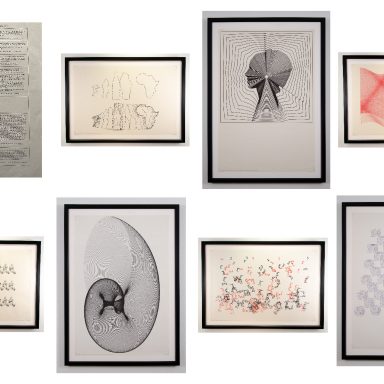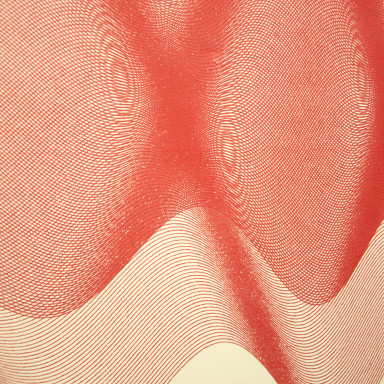Basic Info
Name: Maughan Sterling Mason
Date of Birth: April 5, 1931
Date of Death: October 3, 2003
Country of Origin: US
Description
Maughan S. Mason was an early computer programmer and digital artist at the forefront of computer art. Born in Utah, he studied physics and mathematics at university, and after graduating, worked at White Sands Missile Range near Las Cruces, New Mexico. He later became the head of the Analog Simulation Lab at Thiokol Chemical Co. in Brigham City, UT, and worked at IBM for 25 years as a computer programmer. Mason was also the President of the Society for Computer Simulation.
Mason created plotter drawings and lithographs using an analog computer that were early contributions to the field of computer art. The journal Computers and Automation featured his work in its annual computer art contests in the 1960s, at a time when computers were specialized tools most commonly used in academia, research labs, or the military.
Multiple examples of Mason’s work were included in Cybernetic Serendipity, an important exhibition held at the Institute of Contemporary Arts in London in 1968, and his work was displayed in Salt Lake City and New York.


